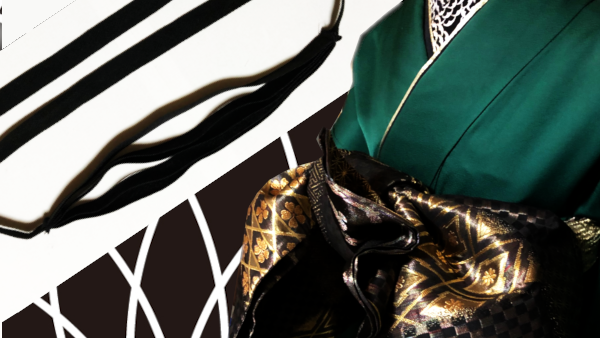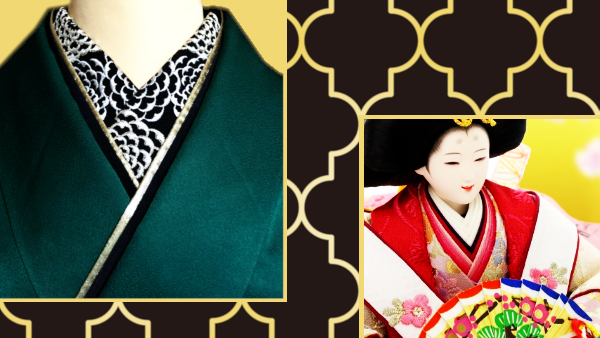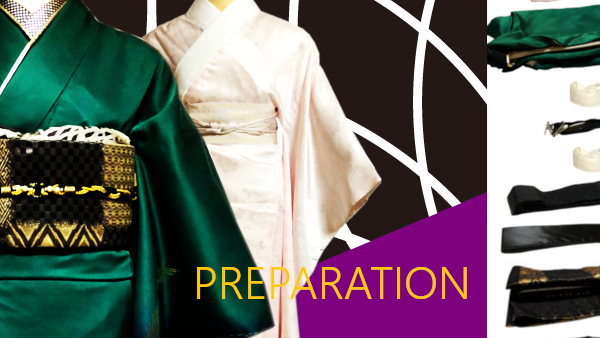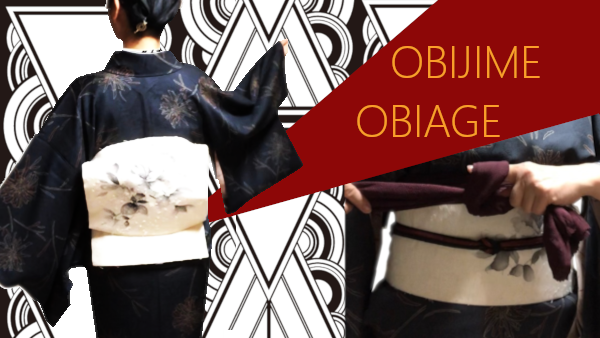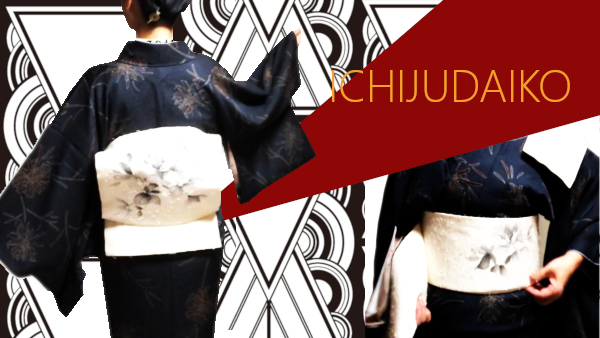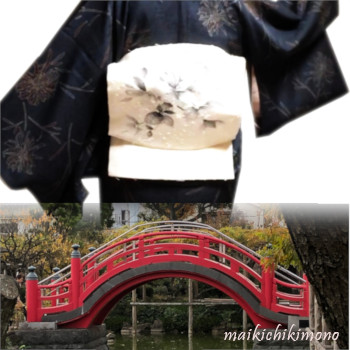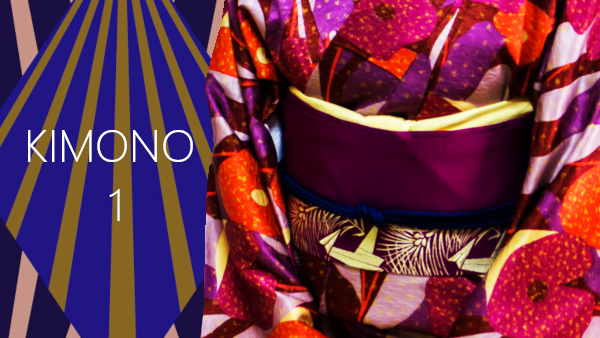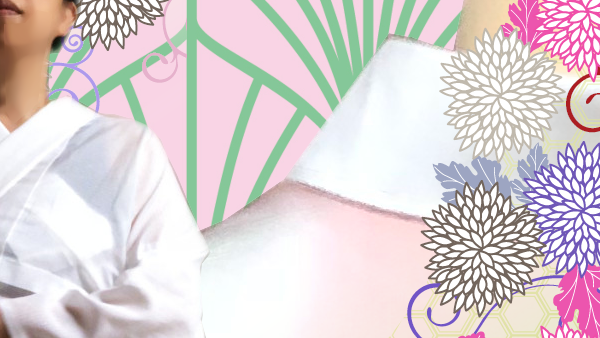How to make gojuhimo
Sanjuhimo consists of a piece of fabric tape and triple elastic bands to secure a shape of obi. It is very useful and gives us easy tying obi and decorative shapes, especially for furisode. Today, I will introduce how to make gojuhimo which has 5 bands. …
